Speaking of popular Japanese cuisine, which dish would cross your mind? Sushi, Takoyaki, Shabushabu, yakiniku, etc there are so many well-known and delicious dishes. However, today we are going to introduce “Onigiri”, which you can easily find at any convenience stores or supermarkets in Japan. It has been a favorite food of lots of people. Other than the name “Onigiri”, you may have heard somewhere about “omusubi”, and some of you may have wondered which is the correct way to say it. Today, we would like to explain about onigiri’s origin, its recipe and of course, the difference between it and “omusubi”.
What is Onigiri
Onigiri (お握り or 御握り), also known as omusubi (お結び), nigirimeshi (握り飯), or rice ball, is a Japanese food consisting of white rice shaped into a triangular or cylindrical form and covered in nori. Japanese made this to fit in the palm of your hand. Locals treasured onigiri as a portable meal and bento in Japan from ancient times to the present day because it is easy to carry and eat by hand.
Originally developed as a means to preserve leftover rice or as portable food, onigiri quickly grew popular as a regular meal, and they can now distribute in convenience shops and supermarkets.
Etymology
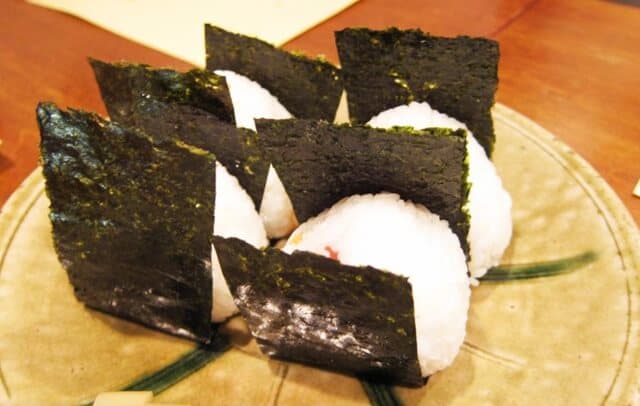
In the Kojien dictionary, the word “onigiri” is written as “rice ball.” If you look up “nigiri-meshi”, you’ll find that “omusubi” and “nigiri-meshi” means “grilled rice”. There is also a theory that the rice ball got its name from the Japanese word “onigiri,” which means “to ward off evil spirits.”
Why is the shape a triangle?
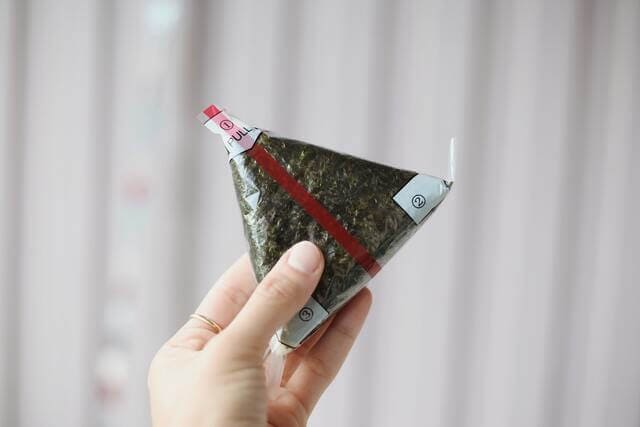
“The most well-known theory is that they imitate the shape of a mountain.” In the past, people used to start believing that “the gods live in mountains”. Or that “when the gods come from the sky to the earth, they first descend to the top of the mountain.” At some point, this became “Mountain is God,” which means that the shape of the mountain is also the shape of God.
So why was the rice ball in the form of a mountain (a god)? The important phrase here is “omusubi,” another term for rice balls. The word “musubu” is where the rice ball gets its name. Musubu, which bind friendships and alliances, has the connotation of “connection” or “forming a strong bond.” In other words, being surrounded by a triangle is to “connect” with God.
Onigiri History
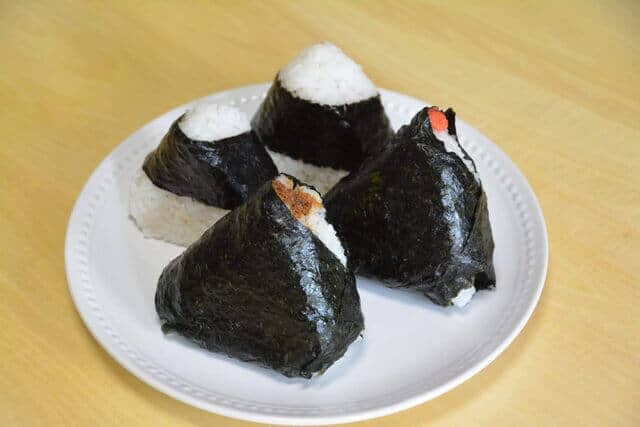
The earliest rice ball supposedly dates back to the Yayoi period. The discovery of “Japan’s oldest rice ball” in the “Chanobatake Ruins” in Ishikawa Prefecture become evidence for this.
Middle to late Yayoi period
Carbonized rice lumps in the form of rice balls were steamed and then secondary baked with sticky rice were discovered in the old Kasai-cho (now Naka-noto-cho), Ishikawa Prefecture.
Early Nara period
In “Hitachi no Kuni Fudoki,” one of the fudoki compiled by the imperial edict of Emperor Genmei, there is a description of ‘nigirii’.
Heian period
Aristocrats offered steamed sticky rice called as tonjiki to their servants during feasts. Additionally, locals claimed that they also employed this as a soldier’s portable meal.
Early Kamakura period
During the Jokyu War, locals distributed ‘onigiri rice balls with pickled plums’ to samurai on the side of the Kamakura Shogunate. This is supposed to be why umeboshi spread throughout the country. Furthermore, near the end of the Kamakura era, non-glutinous rice was introduced.
Sengoku period
Onigiri are excellent as munitions. Thinbiki-na, or “Saimeshi rice balls,” were frequently prepared using rice. After Toyotomi Hideyoshi united Japan, white rice, which produces a larger yield than red and black rice, gained popularity.
Edo period
Techniques for nori cultivation developed during the Edo period, and nori farming started in Edomae (Tokyo Bay). The gathered seaweed gained notoriety under the name “Asakusa seaweed,” and used to make square paper using Japanese papermaking techniques.
Locals learned that this type of seaweed was nutritious and had the benefit of keeping the rice from sticking to our hands when they wrapped it around onigiri, a convenient portable meal. In this way, onigiri, evolved throughout time as a result of new technology and innovation, is still valued as daily comfort food in Japan in addition to being a popular portable dish.
Onigiri Recipe

Onigiri Ingredients
| Ingredients of Onigiri for 2 people | Measurements |
|---|---|
| Rice 400g | 400g |
| Tuna pickled in oil | 50g |
| Mayonnaise | 28g |
| Soy sauce | 28g |
| Nori (5×10cm) | 20g |
How to make Onigiri
Add tuna oil pickles, mayonnaise, and soy sauce to a bowl and mix.
Spread 1/4 of the rice on the plastic wrap, top with 1/4 of the filling, wrap it, and shape it into a triangle. Repeat this step.
Wrap it in nori and place it on a plate lined with shiso leaves.
Adjust the amount of mayonnaise to your liking. Put it in the centre and hold it so that the ingredients do not come out.
Onigiri in some of the prefectures in Japan
Tokyo
Umeboshi rice ball

Umeboshi (梅干 or 梅干し), literally means “dried ume” or “dried plum” is one of the most popular tsukemono (traditional pickles) made of ume (plum) fruits.
Fukuoka
Mentaiko musubi

One of the most popular ways in which spicy cod roe, or karashi mentaiko, is as a filling for rice balls, otherwise known in Japanese as onigiri, also known as omusubi or musubi.
Okinawa
Pork Egg Rice Ball
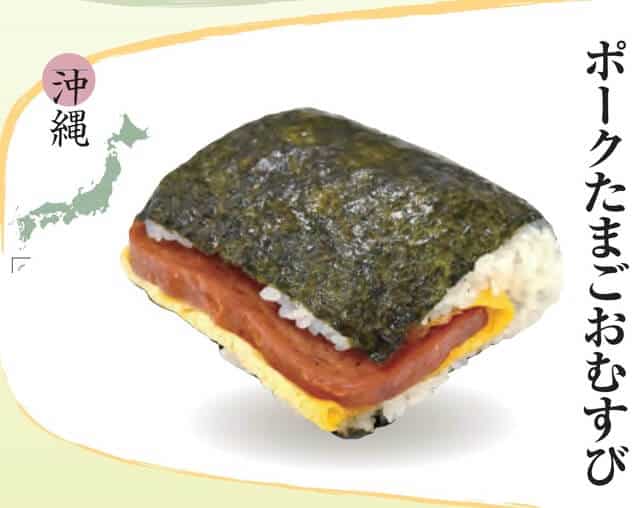
A popular variation of Okinawa onigiri includes a slice of spam and fried egg wrapped on a ball of rice with nori seaweed.
Onigiri vs Onigirazu
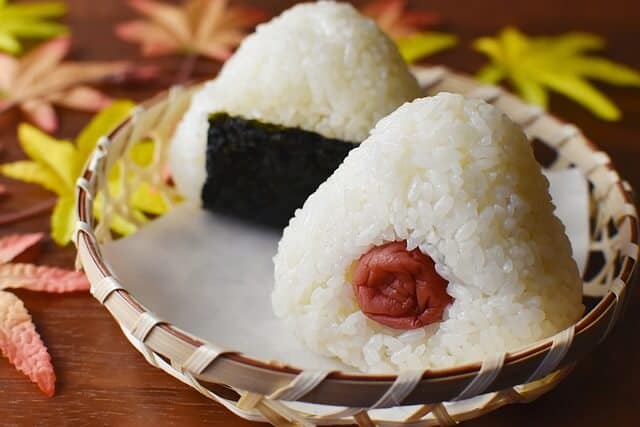
Onigiri is a triangular or cylindrical dish made of white rice and wrapped in nori seaweed. On the other hand, onigirazu, which translates to “sushi sandwich,” is sushi. Onigirazu means “not to shape.” Similar to a Japanese rice sandwich, onigirazu. Onigirazu is made by placing a big sheet of nori on a cutting board, spreading rice in a square form, putting your choice of filling, laying additional rice over the filling, and wrapping it with nori.
Difference between Onigiri and Omusubi
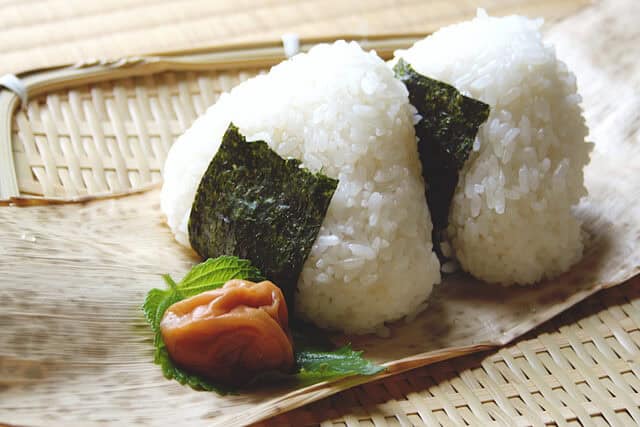
Difference in shape
It is also somewhat related to the “god of rice balls”, but it seems that in ancient Japan, locals offered rice balls to the gods. Also, there is a theory that rice balls shaped like triangular mountains were called ‘omusubi’ because there was a custom that mountains is related to gods since ancient times. Onigiri, on the other hand, is said to have changed its name from rice ball to onigiri without any particular shape. Although there is no specified shape such as a triangle or a bale shape, it indicates stuffed rice.
Regional differences
Locals mainly called onigiri, “omusubi” in eastern Japan, and onigiri in Kansai. However, there is also a theory that it was called onigiri in eastern Japan and omusubi in western Japan.
Good rice for onigiri
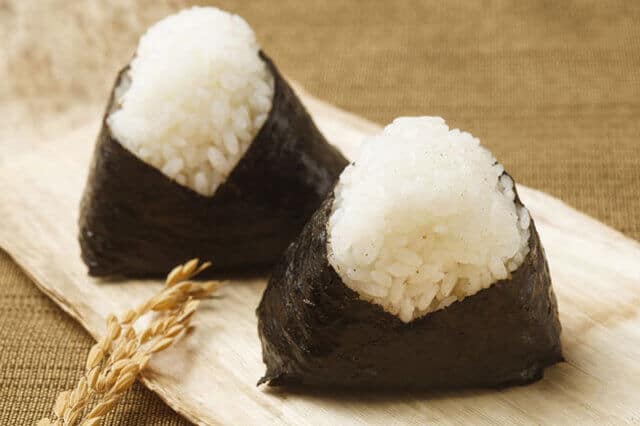
In terms of graininess, proper hardness, mouth untie, and tolerance, “Tsuyahime” from Yamagata Prefecture topped the list in all four categories. However, Tsuyahime’s evaluation differs depending on the person. People who like ‘Koshihikari’ don’t like ‘Tsuyahime’ because it’s too strong, and people who like ‘Koshihikari’ tend to like ‘Nikomaru’ as well. ‘Tsuyahime’ has a distinct graininess, but ‘Nikomaru’ has a relatively higher sweetness and flavour.
Where to buy Onigiri
Bongo (ぼんご)
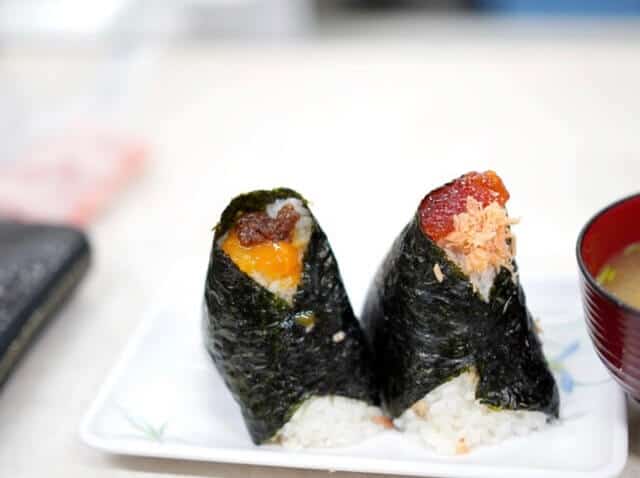
There are 55 types of rice balls made by a long-established store that has been in business for 60 years. It is a popular shop where you can have delicious rice balls without getting bored even if you go every day. There are also standard ingredients such as salmon, mentaiko, and grilled cod roe, as well as slightly unusual ingredients such as surf clam salad and egg yolk pickled in soy sauce.
Yadoroku (浅草宿六)

Founded in 1954, it was famous as the oldest rice ball specialty store in Japan, but recent years, it has become a hot topic as it was the first rice ball specialty store listed in the Michelin Guide (Michelin Guide Tokyo 2019), and its popularity has increased further. The shop cook the Koshihikari rice balls in a large pot and wrapped it in fragrant Edo-style seaweed and carefully hand-rolled. The ingredients inside are also carefully selected from all over Japan.
Marutoyo (おにぎり屋 丸豊)
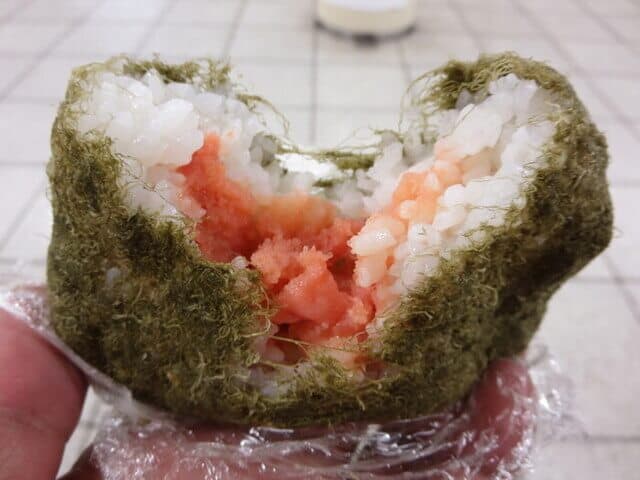
Marutoyo is a rice ball restaurant that is very popular among tourists from overseas. Although it specializes in takeout, the rice uses Koshihikari rice from Niigata Prefecture, and the standard rice balls such as mentaiko, grilled cod roe, kelp, sujiko, salmon roe soy sauce. Shrimp tempura, as well as scallops with salted kelp and grilled horse mackerel. In addition, seafood rice balls unique to Tsukiji such as oboro kelp, salmon belly, eel, clams, and salted fish are attractive.
Takeaway
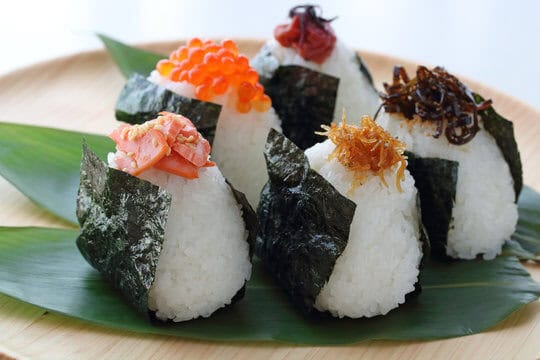
Onigiri rice balls are more common than sushi in Japan. Additionally, making onigiri is a symbol of love in Japanese culture. The “soul food” of the Japanese people may be onigiri. Onigiri’s ease of customization is one of the things that makes them so well-liked. They are also highly portable and you can eat them as a fast meal or bring them on picnics or trains. In conclusion, many Japanese nutritionists advise serving onigiri to children as an after-school snack rather than candy or chips.
If you are in love with Onigiri, you can also try their other rice ball dishes, such as Tenmusu and Onigirazu






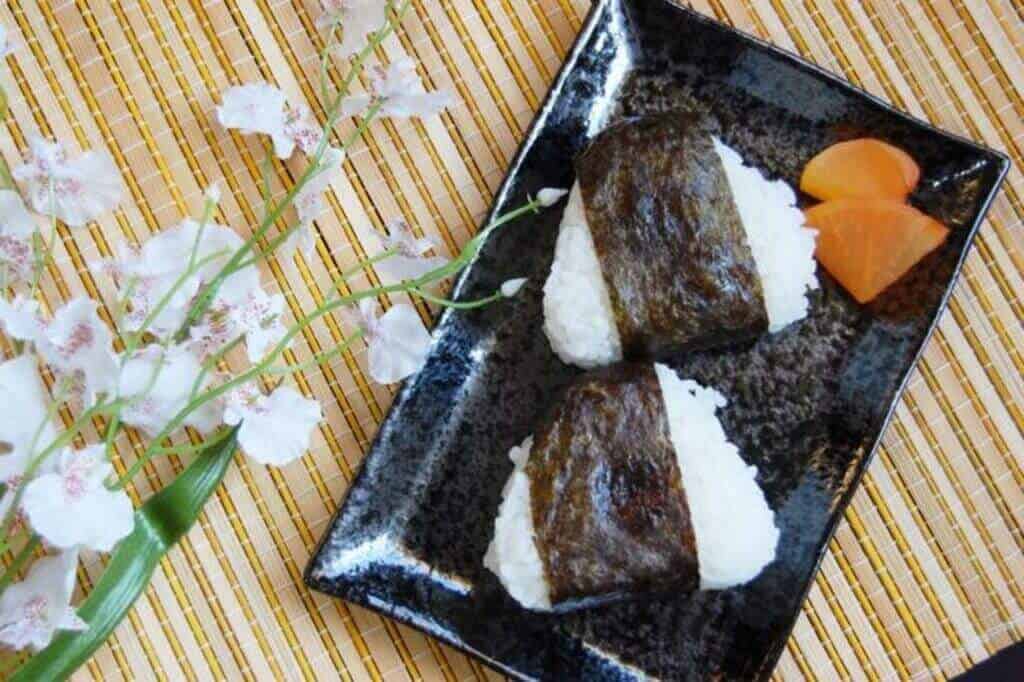
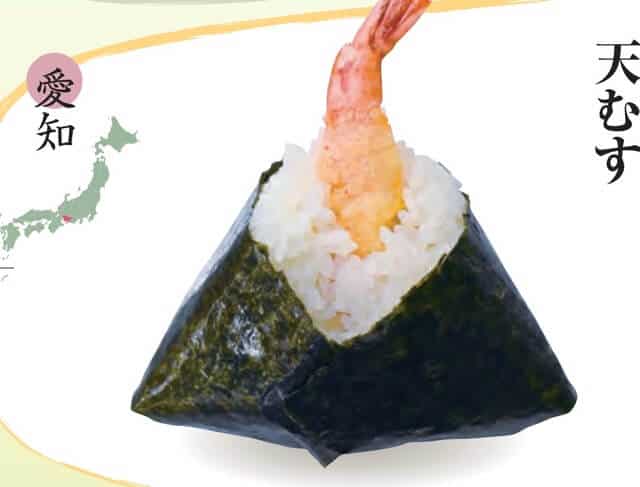
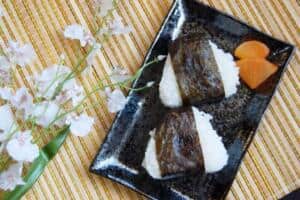
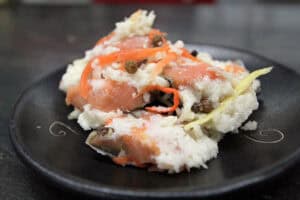
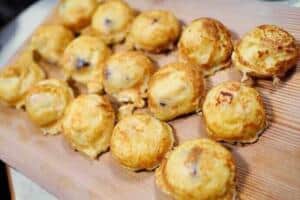
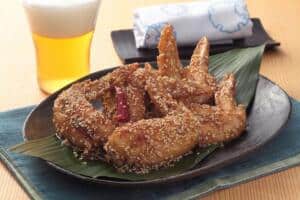
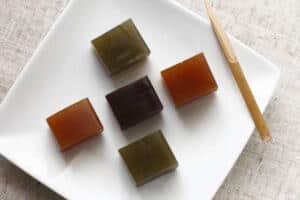
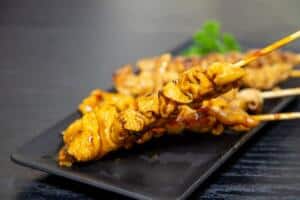
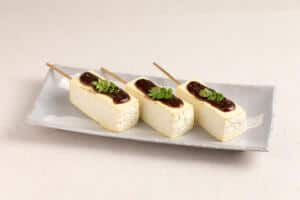
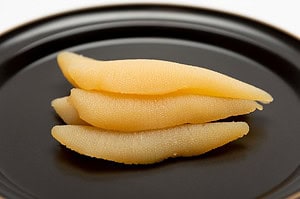
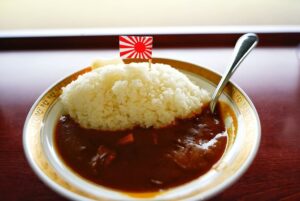
Comments